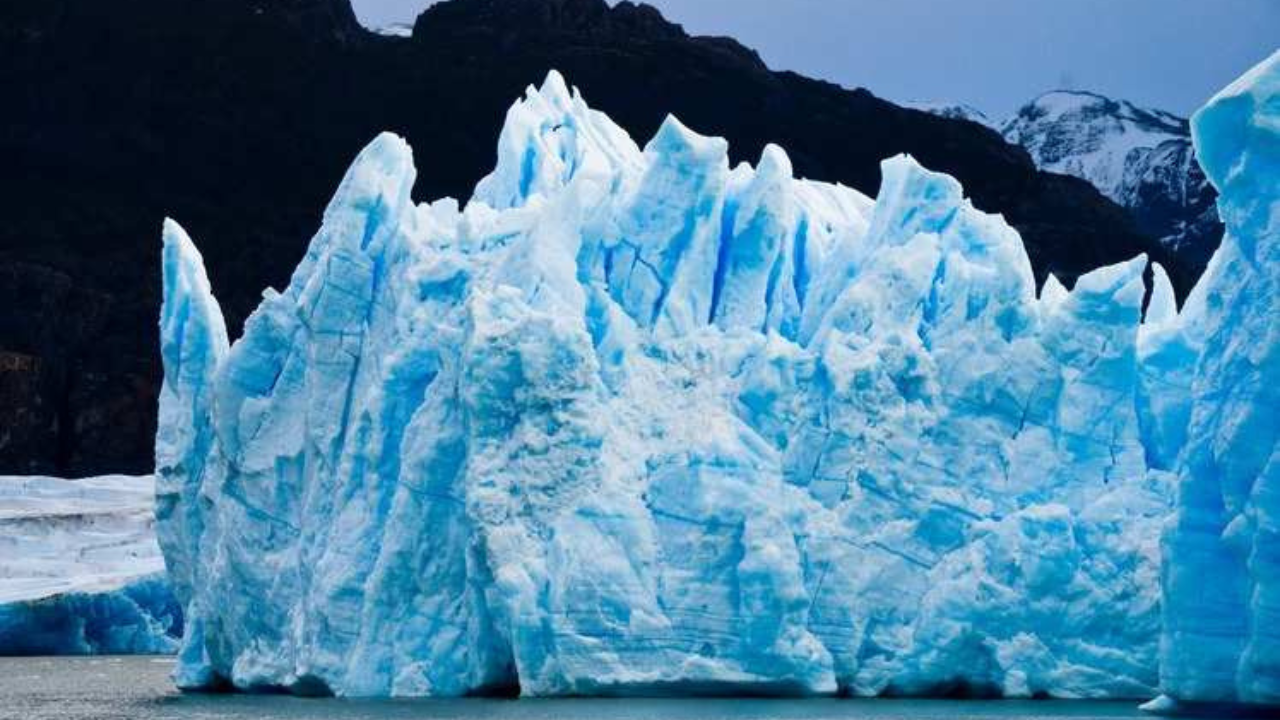Discovering the Tipping Point for Antarctic Ice Sheets
Scientists have made a groundbreaking discovery that could change the way we understand the melting of Antarctic ice sheets. A new tipping point has been identified, one that could lead to “runaway melting” caused by warm ocean water infiltrating the ice sheets from below.
The study, published in the journal Nature Geoscience, highlights that existing models used by the United Nations’ Intergovernmental Panel on Climate Change (IPCC) have not accounted for this phenomenon. As a result, the current projections for the impact of global warming on Antarctica may be significantly underestimated.
As the Earth’s oceans continue to warm due to human-caused climate change, Antarctic ice sheets are facing increased melting. This poses a significant threat of rising global sea levels, putting coastal communities at risk.
The tipping point occurs when ocean temperatures rise to a level where water intrudes beneath the ice sheet in an uncontrolled manner, leading to runaway melting. This process accelerates as warm seawater seeps into the grounding zone where the ice meets the land, and extends further inland under the floating ice.
Lead author of the study, Alexander Bradley from the British Antarctic Survey, explains how even small increments in ocean temperatures can trigger this tipping point, causing the intrusion of water to extend over longer distances and accelerate the melting process.
The risk of sea-level rise becomes critical when the rate of melting surpasses the formation of new ice on the continent. Some areas of Antarctica are more vulnerable than others due to the topography, with valleys and cavities allowing seawater to accumulate beneath the ice.
For instance, the Pine Island glacier, currently the largest contributor to sea-level rise from Antarctica, is at heightened risk due to the slope of the land that facilitates more intrusion of ocean water.
It is imperative that scientific models are updated to incorporate this melt process to accurately predict the future risks of sea-level rise and implement necessary measures to mitigate its impacts. Urgent climate action is essential to prevent these tipping points from being crossed and to safeguard our planet’s future.









